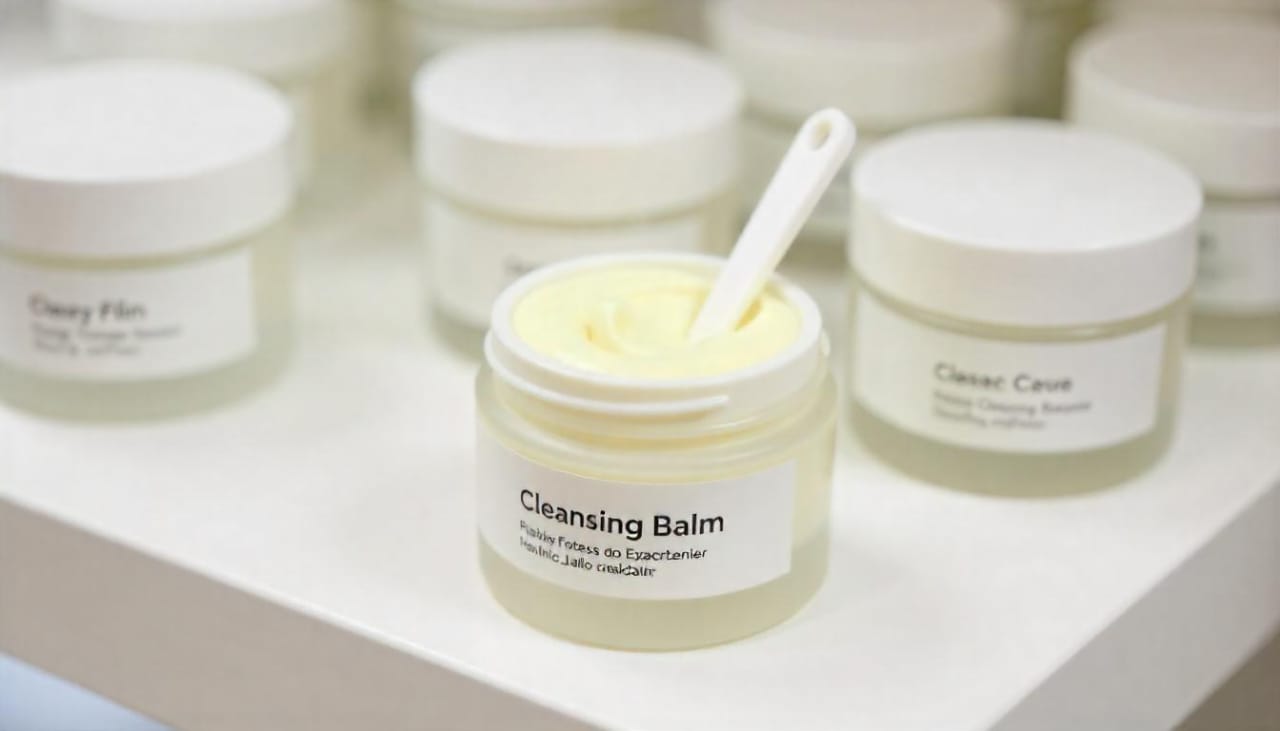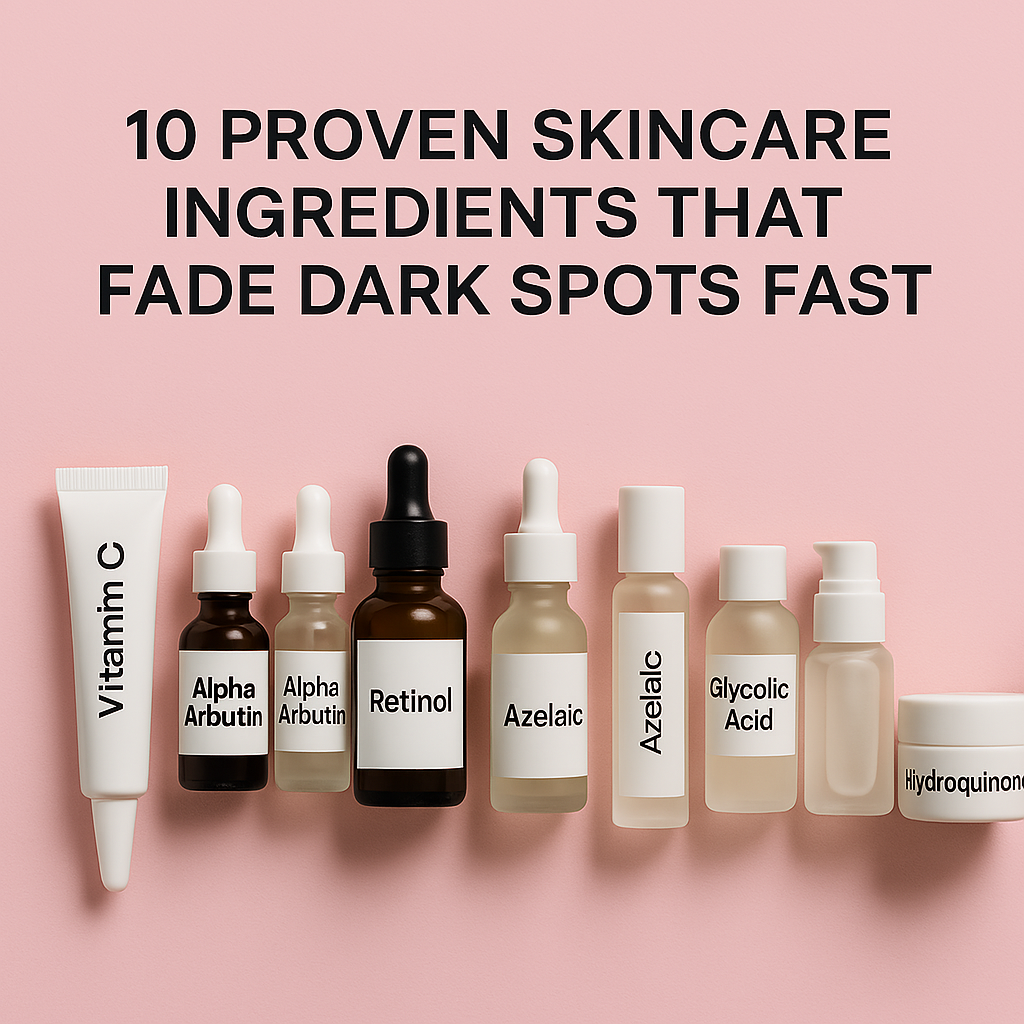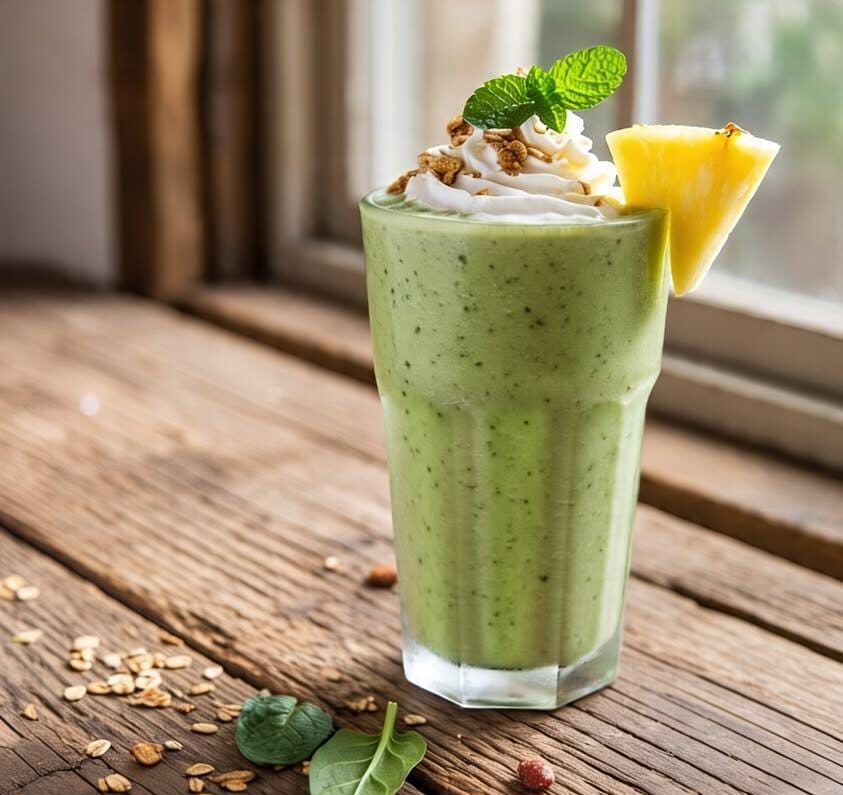What Are Exfoliating Cleansers?
Exfoliating cleansers are skincare products designed to not only cleanse the skin but also to remove dead skin cells and other impurities from the surface. These cleansers typically combine the gentle cleansing action of a regular face wash with exfoliating ingredients like scrub particles or chemicals (such as alpha hydroxy acids, or AHAs, and beta hydroxy acids, or BHAs) to slough off dead skin and encourage cell turnover. The result? A smoother, brighter complexion with a fresh, healthy glow.
If you’ve been hearing more about exfoliating cleansers recently and are wondering if they’re right for your skincare routine, keep reading. We’ll break down the different types, their benefits, and who should use them.
Types of Exfoliating Cleansers
1. Physical Exfoliating Cleansers
Physical exfoliating cleansers are those that contain scrub-like particles or beads that manually slough off dead skin cells. These can range from finely milled powders to larger, more coarse grains like crushed walnuts or sugar. While they may feel satisfying to use, it’s important to choose products with smooth and rounded particles to avoid microtears in the skin, which can lead to irritation.
Benefits of Physical Exfoliating Cleansers:
- Provide immediate smoother texture.
- Can be satisfying and easy to use.
- Ideal for users who prefer a more manual exfoliation method.
Best For:
- People with oily, combination, or normal skin.
- Those looking for a deeper exfoliation (without being too harsh).
2. Chemical Exfoliating Cleansers
Chemical exfoliating cleansers contain exfoliating acids like AHAs (such as glycolic acid or lactic acid) or BHAs (like salicylic acid) that dissolve the bonds between dead skin cells, allowing them to be removed more easily. These acids work more gently than physical exfoliants, providing a more even and thorough exfoliation. AHAs are typically water-soluble and are ideal for dry skin types, while BHAs are oil-soluble, making them better suited for oily and acne-prone skin.
Benefits of Chemical Exfoliating Cleansers:
- Work deeper into the skin to encourage cellular turnover.
- Are less likely to cause irritation compared to physical exfoliants.
- Can address specific skin concerns like acne, dryness, and uneven texture.
Best For:
- Sensitive skin (if using a gentle formula).
- People with acne-prone skin or uneven skin texture.
- Those looking for a gentler, more even exfoliation.
3. Enzyme Exfoliating Cleansers
Enzyme exfoliating cleansers use natural enzymes from fruits like papaya or pineapple to break down the bonds between dead skin cells. These cleansers are the gentlest option and are often recommended for those with sensitive skin or those who prefer a more natural approach.
Benefits of Enzyme Exfoliating Cleansers:
- Ideal for sensitive or dry skin types.
- Provides a very gentle exfoliation.
- Safe to use frequently without irritation.
Best For:
- Sensitive skin or users new to exfoliating products.
- People who prefer a more natural or mild exfoliation.
Key Benefits of Exfoliating Cleansers
1. Smoother, Brighter Skin
Exfoliating cleansers remove dead skin cells from the surface, giving your skin a smoother texture and a brighter, more radiant appearance. Regular exfoliation can also help to fade hyperpigmentation, dark spots, and uneven skin tone, leaving you with a fresher complexion.
2. Unclogs Pores and Reduces Breakouts
By removing the build-up of dead skin, oil, and dirt, exfoliating cleansers help to prevent clogged pores, one of the main causes of acne. With consistent use, exfoliating cleansers can reduce the occurrence of blackheads, whiteheads, and blemishes, leading to clearer, smoother skin.
3. Boosts Absorption of Skincare Products
Exfoliating your skin allows for better absorption of the products you use afterward. Without the barrier of dead skin cells, serums, moisturizers, and treatments penetrate deeper into the skin, making them more effective. This means that products like anti-aging serums, moisturizers, and masks work more efficiently when used after exfoliating.
4. Improves Skin Texture
Exfoliating cleansers can help to refine the skin’s texture by smoothing rough patches and evening out skin tone. Over time, they can help minimize the appearance of pores and reduce fine lines and wrinkles, contributing to a more youthful, soft complexion.
5. Supports Skin Regeneration
Regular exfoliation encourages the natural skin renewal process. As you remove dead skin cells, you stimulate the production of new, fresh skin cells. This helps to improve skin health, providing a more vibrant and youthful glow.
6. Helps with Hyperpigmentation
For those dealing with dark spots, acne scars, or uneven skin tone, exfoliating cleansers can help by speeding up the turnover of skin cells and gradually fading pigmentation. Using exfoliating cleansers in combination with other brightening skincare ingredients can lead to noticeable improvements over time.
Who Should Use Exfoliating Cleansers?
Exfoliating cleansers aren’t for everyone, and it’s important to consider your skin type and needs before incorporating one into your routine. Here’s a breakdown of who should use exfoliating cleansers:
- Oily and Acne-Prone Skin: If you have oily skin or are prone to acne, exfoliating cleansers can help keep your pores clear and prevent breakouts. A BHA-based exfoliant, like salicylic acid, works wonders for breaking down oil and treating acne.
- Dull or Uneven Skin Tone: If your skin appears dull or has dark spots, exfoliating cleansers can give your complexion a much-needed boost by removing the dead skin cells that make your skin look lackluster.
- Combination and Normal Skin: If you have combination or normal skin, exfoliating cleansers can help keep your skin’s texture smooth and maintain healthy, even skin.
- Dry or Sensitive Skin: If you have dry or sensitive skin, opt for a gentle, non-abrasive exfoliating cleanser, such as an enzyme-based cleanser, to avoid irritation.
How Often Should You Use an Exfoliating Cleanser?
Exfoliating cleansers should not be used daily, as over-exfoliation can lead to irritation and a compromised skin barrier. For most skin types, 2-3 times a week is ideal. If you have sensitive skin, limit exfoliation to once a week. Always follow up with a hydrating moisturizer to replenish the skin’s moisture balance.
Conclusion: Should You Add an Exfoliating Cleanser to Your Routine?
Exfoliating cleansers can be a fantastic addition to your skincare routine, offering multiple benefits such as smoother skin, reduced breakouts, and a brighter complexion. By choosing the right type of exfoliating cleanser for your skin type, you can enjoy the benefits of a more refined, radiant skin texture.
However, it’s crucial not to overdo it—moderation is key. Start with gentle exfoliation and adjust based on how your skin reacts. With the right approach, exfoliating cleansers can truly transform your skincare routine, revealing healthier, more vibrant skin with each use.





